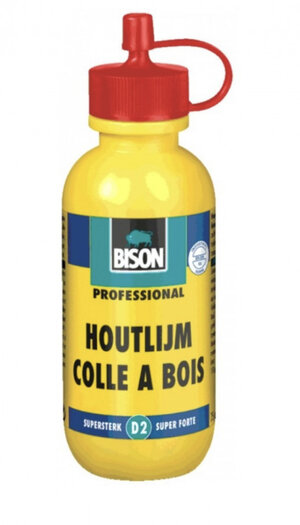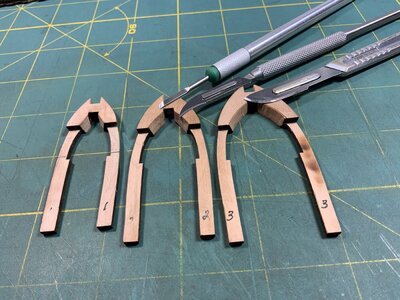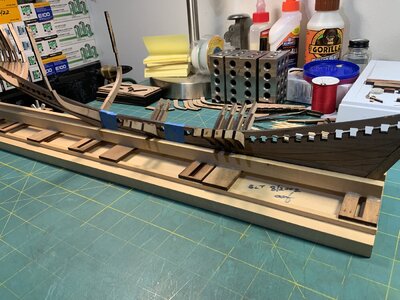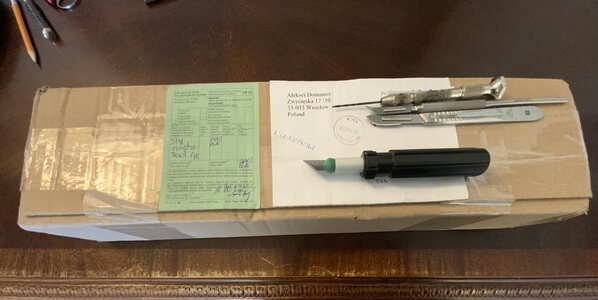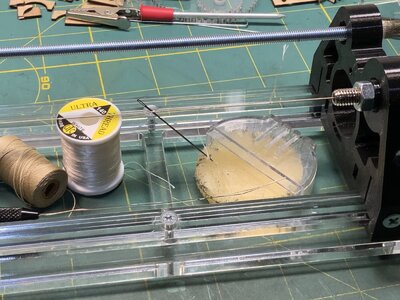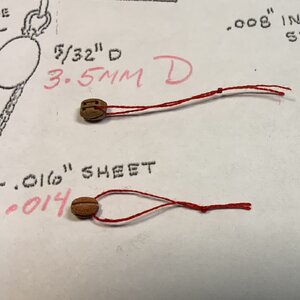- Joined
- Sep 4, 2022
- Messages
- 127
- Points
- 113

Keel is all glued together, 36-hours-cured well-weighted on my 1/2 inch plate of plexi and is perfectly straight, final scraped and ready for fitting each frame slot. The Parts 19/65 subassemblies are glued up but not yet beveled. I have glued up 30 frames and just now I have begun the laborious process of "tuning" each individual frame. My steps in that seem to be: 1) dry fitting each frame to its own slot in both the keel and keelson by judicious filing of every mating face not only in the frame slots but in keel and keelson slots as well. (a lot of delicate filing of maybe some 200 slots). and 2) hand sanding the outer and inner faces of each frame to get it roughly conforming with the laser etched lines. I believe I'm pretty sure that I do not want to go through all of this slot filing after I have already hard-glued any combination of assembly fixture/frame(s)/keel.
I haven't yet sanded the bottom/front of the keel/stem sandwich. I will get that accomplished before going to work on the stern overhang. I also believe I will add the keel shoe as I see Peter has done.
Note three bottles of glue there plus a small one of super. I do not like the Gorilla at all. The Elmers is just household GLUE ALL and while it's OK, it ain't like my favorite Elmers Carpenter which I can't find right now. The third there is Titebond Original Wood which of these three, is my preferred. Meanwhile I'll keep looking for the Elmers Carpenter in some appropriate benchtop quantity packaging (not the damn gallon size which I have seen!)
alf in Iowa
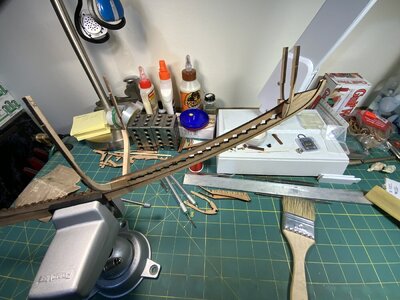
I haven't yet sanded the bottom/front of the keel/stem sandwich. I will get that accomplished before going to work on the stern overhang. I also believe I will add the keel shoe as I see Peter has done.
Note three bottles of glue there plus a small one of super. I do not like the Gorilla at all. The Elmers is just household GLUE ALL and while it's OK, it ain't like my favorite Elmers Carpenter which I can't find right now. The third there is Titebond Original Wood which of these three, is my preferred. Meanwhile I'll keep looking for the Elmers Carpenter in some appropriate benchtop quantity packaging (not the damn gallon size which I have seen!)
alf in Iowa




